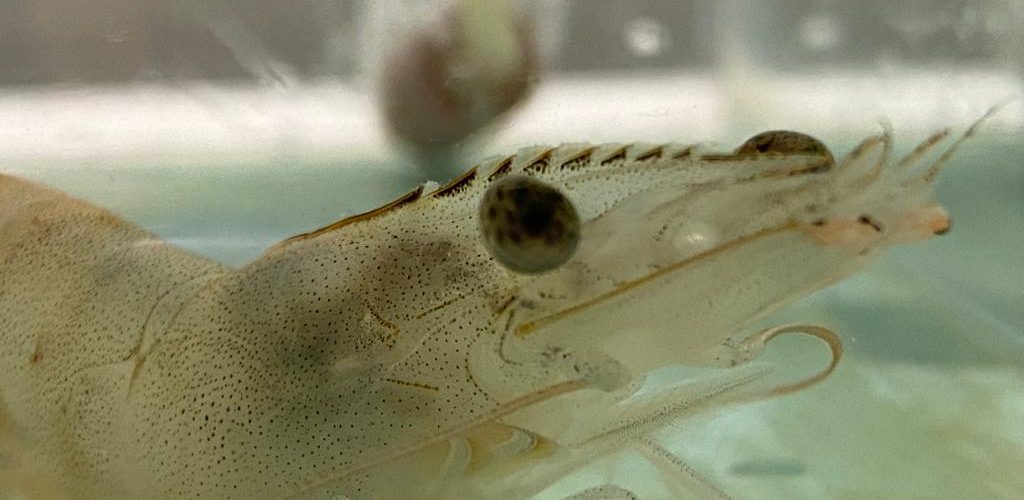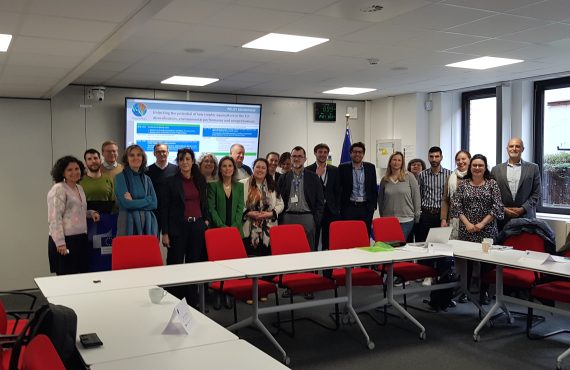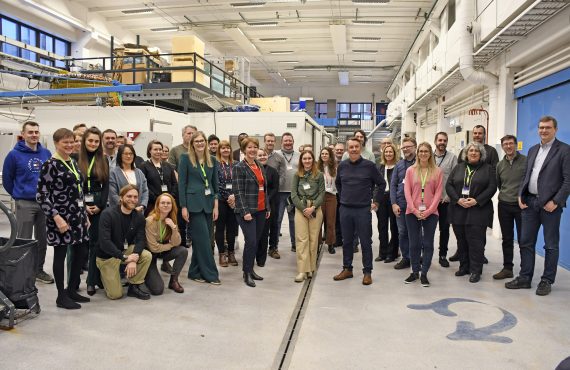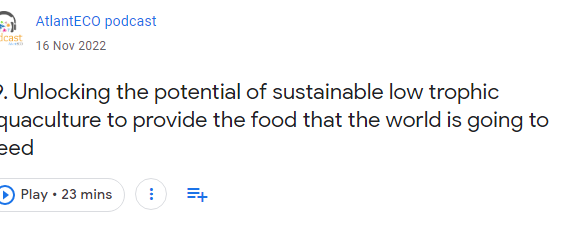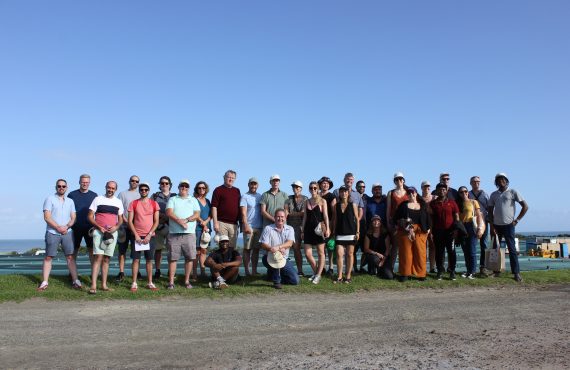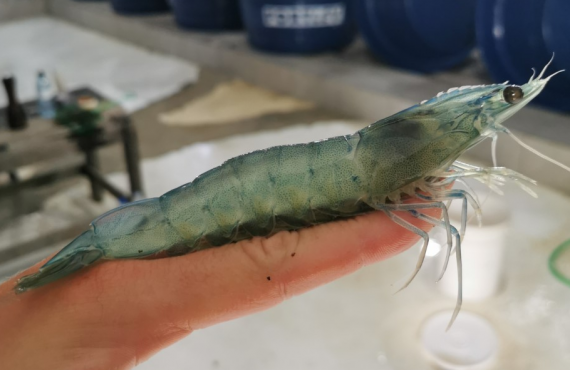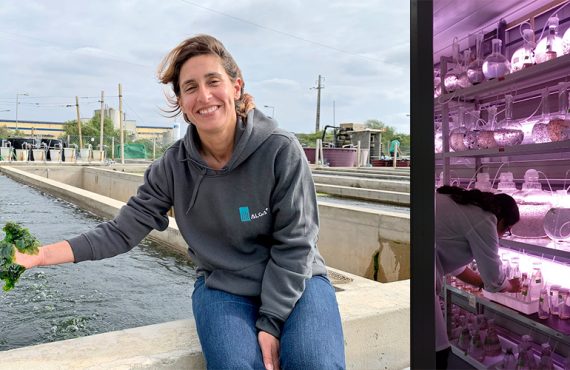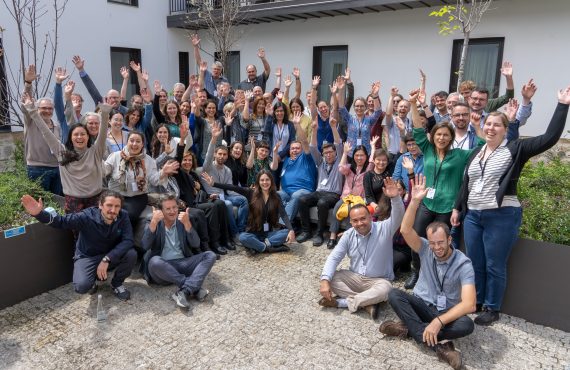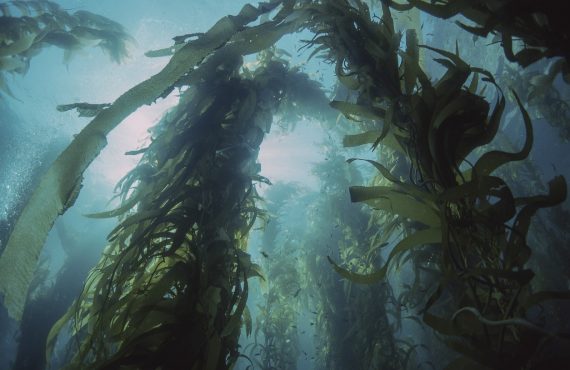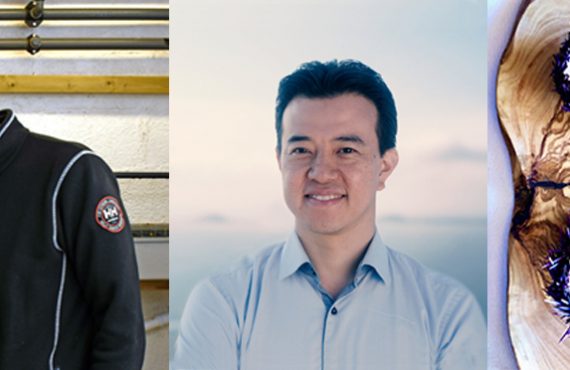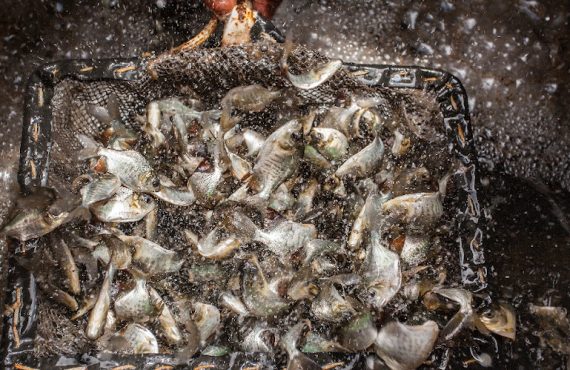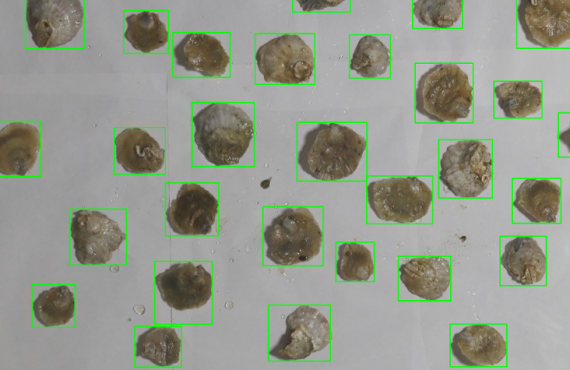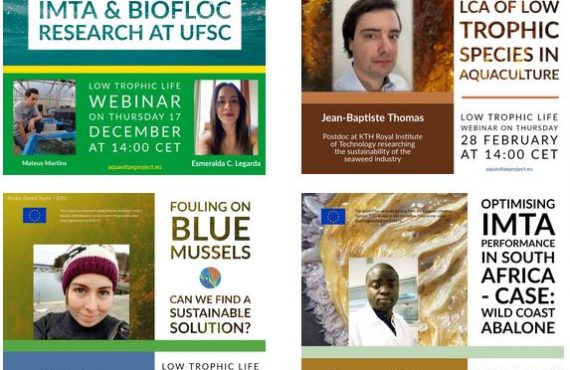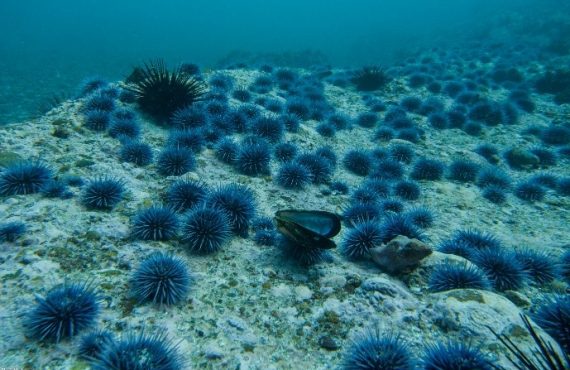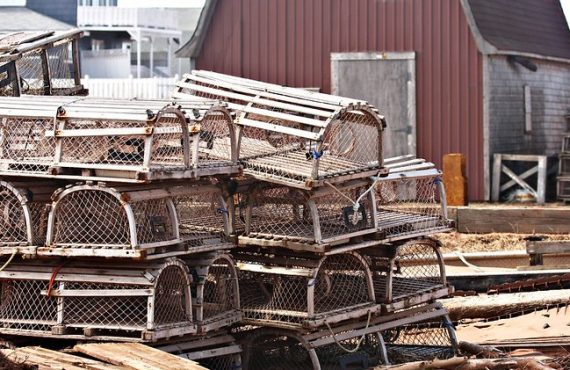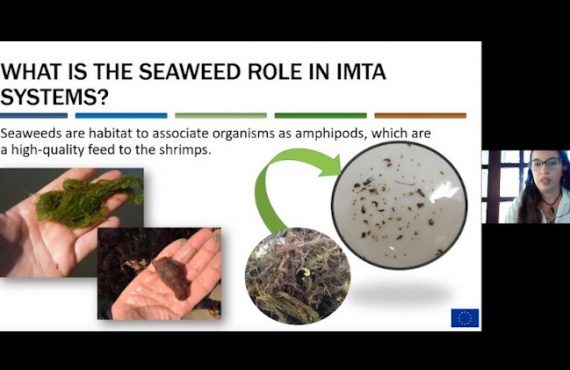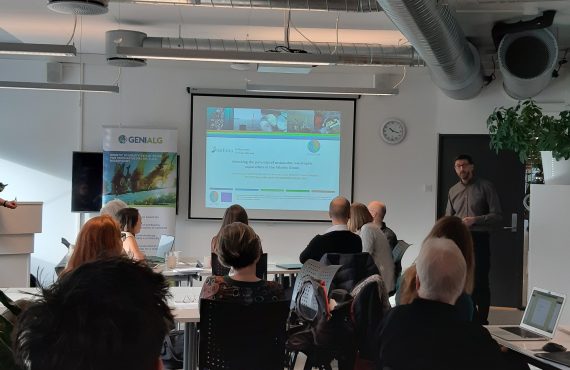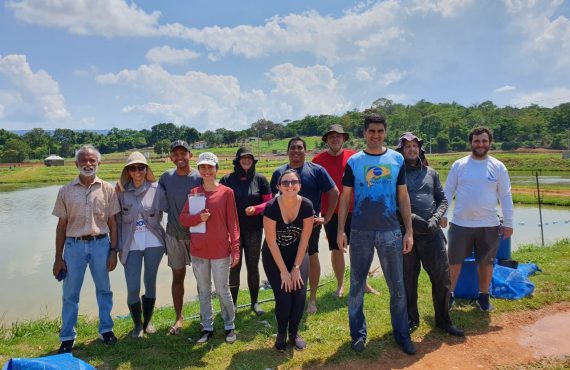A Whiteleg Shrimp (Litopeneaus vannamei) – Photos: Andressa Cristina Ramaglia da Mota
By Andressa Cristina Ramaglia da Mota, PhD student at CAUNEST (Centre of Aquaculture at São Paulo State University)
Aquaculture is the fastest growing food production sector in the world, accounting for over 50% of the global fish production. Besides being an important source of income and livelihood, it is often promoted as a solution for meeting the growing food demands of this century. According to the Global Aquaculture Alliance, 62% of fish for food will come from aquaculture by 2030.
In contrast to the growth of the aquaculture sector, the threats generated by climate change may have an impact on production systems and, therefore, on human food. Forecasts point to a general reduction in agricultural productivity in tropical and subtropical regions, which are already sensitive areas of population concentration and poverty.
From this perspective, aquaculture gains significant scholarly attention, including the recent IPCC 1.5°C report, which identifies aquaculture as one of the key sectors on global food security and the upgrading of adaptation policy.
The impacts of climate change manifest themselves in several ways: they can be direct or indirect and some of them can act synergistically or secondarily.
Among these topics that will be presented, our project seeks to understand which will be the impacts of climate change on organisms. What is aquaculture adapting to? How is it adapting? Which research gaps need to be addressed? These are some of the questions we try to answer in my Phd.
Aquaculture and climate change
In this context aquaculture and climate change can be connected in two ways. The first one is how climate change interfere in the aquaculture production. Its impacts raise the complexity and uncertainty of the aquaculture systems, what can result in several adverse conditions such as diseases, infrastructure destruction, decrease in growth, among others. Besides, it modifies much known information about the cultivated species due to changes in the physical – chemical patterns of the water.
The second one deals with the influence of aquaculture on climate change. On the one hand, aquaculture is particularly responsible for 385 million tons of CO2 released into the atmosphere every year, about 7% of the contribution of the agricultural sector. On the other hand, it is currently also looking for more sustainable production systems, such as multitrophic systems.
Ocean acidification and salinity variations
Since the beginning of the industrial age, nearly half of anthropogenic CO2 has been accumulating in the atmosphere contributing to the greenhouse effect, while a quarter of that CO2 has been absorbed by the ocean. By trapping part of the anthropogenic emissions, the ocean mitigates climate change, but the dissolution of CO2 causes two important changes in the chemical properties of surface water: firstly, a 34% increase in its concentration of hydrogen ions H+, as measured by the reduction in pH; and secondly, a 16% decrease in the carbonate ion concentration of calcium carbonate CO32- as measured by the decrease in carbonate saturation.

Then, ocean acidification has been gaining prominence among climate changes, with an increasing number of studies regarding its effects. However, studies on the synergy between the effects of pH reduction and salinity variation are still rare.
The need to study the synergy with the variation of salinity is necessary since the rise in sea levels will result in salinization and flooding, particularly in deltas and coastal areas, where they correspond to intense zones of agricultural activity, including aquaculture.
Previous results and future considerations
Our studies observed that oceanic acidification in synergy with salinity variation causes effects on the physiology of Whiteleg Shrimp (Litopeneaus vannamei). These changes usually are associated with impacts on the homeostasis, energy reserve, immunity, reproduction, behavior and carrying capacity of the system.
Therefore, government decision makers must be careful with the impacts caused by the reduction of pH in the ocean water and changes in salinity, because these variations cause effects in the biodiversity and in organisms of economic value.
The next step would be to understand and convey to all producers and/or researchers that aquaculture production is entirely related to climate change. That is why we cannot think about the evolution of the sector without including the new climate conditions and mitigating measures for it.
Check the full recording of the webinar
“The Synergic Effect of the Atlantic Ocean Acidification and Salinity Variation in the Physiology of the Whiteleg Shrimp (Litopenaeus vannamei)” was presented by Andressa Ramaglia and recorded on February 24th 2022:



